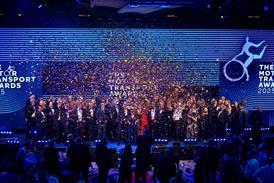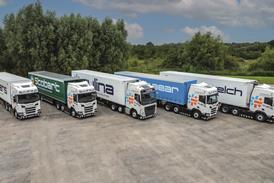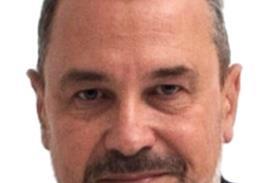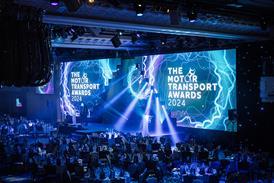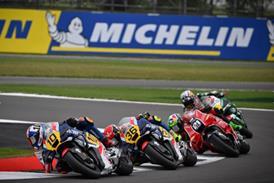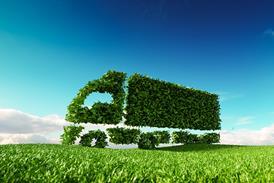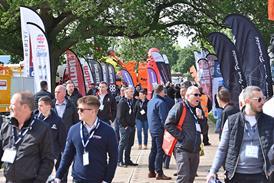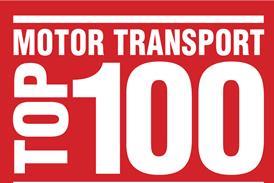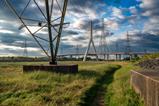The queue to connect to the electricity network should fall dramatically by September, and projects remaining in the queue should all connect by 2030, after energy regulator Ofgem and the Department for Energy Security and Net Zero (DESNZ) kick-started a replacement for the ‘first-come, first-served’ system for connecting. That could include new electric vehicle charging infrastructure previously delayed by up to a decade.
Ofgem said that in the old process, “unviable, stalled or speculative ‘zombie’ projects blocked hundreds of wind, solar and energy storage developments from connecting, with backlogs of more than 10 years to connect”.
The new queue will form in September, after a standstill period of 56 days to allow for rule changes and a notice period of four weeks. It will be much shorter than the current queue: Ofgem estimates that of 765,000MW of projects waiting to connect, 64% will be ‘deprioritised’ because they do not meet tough new criteria.
The new system accelerates power projects that meet new “readiness criteria” (including land rights) and are needed under the UK Government’s ‘Clean Power 2030’ mission which will reach 95% carbon free electricity by 2030.
Ofgem chief executive Jonathan Brearley said, “These reforms cut through red tape, consign ‘zombie projects’ to the past and accelerate homegrown renewable power and energy storage connections as we head to 2030. Houses and hospitals, electric vehicle charging stations, data centres and the emerging AI sector, will also all benefit from the new streamlined fast-track approach, which will help boost energy security and drive down bills.”
Before joining the queue, projects will have to pass a longlisting (‘Gate 1’) and shortlisting (‘Gate 2’) process managed by NESO. In the next steps for reform, Ofgem expects customers to submit evidence that transmission projects can pass the new tests in an ‘application window’ in July, with the exact dates to be confirmed. A similar window for distribution grid customers to submit evidence will open in May.
NESO will indicate to projects whether they have been successful in securing a place in the reformed queue from September 2025, with the aim to connect projects in the queue to hit the ‘Clean Power 2030’ schedule.
NESE plans a second application window later in the year.


